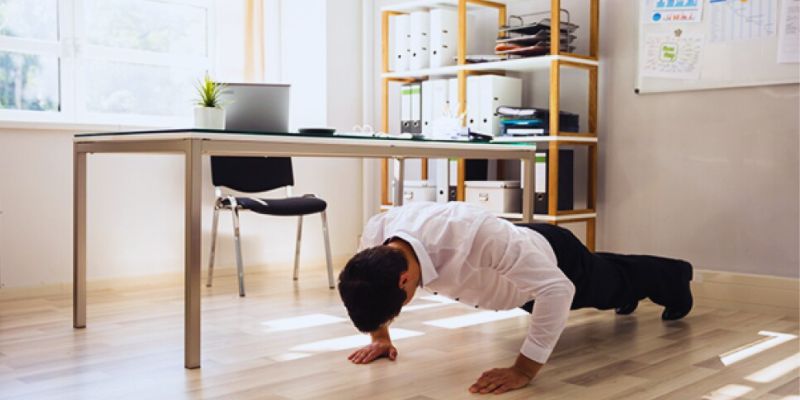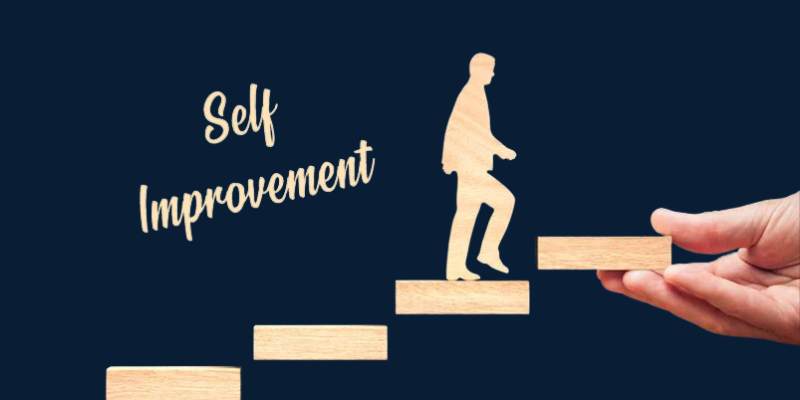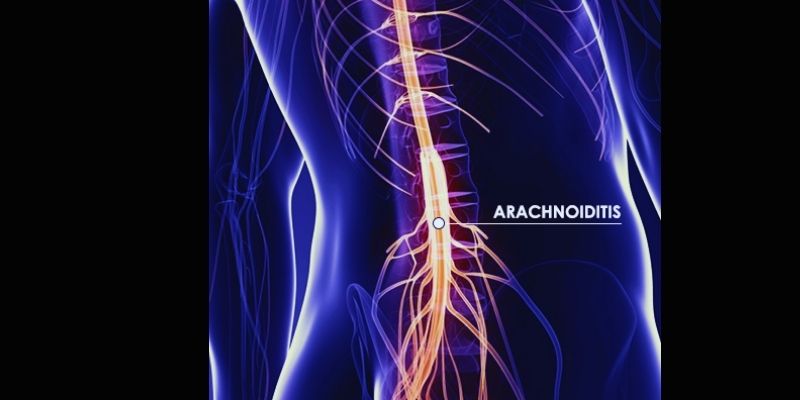Many jobs require us to sit all day, that's why a lot of people can't stay active. It can be so dangerous for your overall wellbeing and increase the risk of various health problems. But the good news is that staying active during the workday is not time-consuming, nor do you have to sacrifice your productivity. The best ways to incorporate movements into your routine are simple desk movements, stretching, walk-and-talks, and using lunch breaks to move.
Ultimately, it will improve your focus, boost your energy, and enhance your overall wellbeing. So, if you want to work actively at your job where you spend most of your time, keep reading, as we are sharing some of the best ways to stay active while conquering your to-do list!

How To Be More Active During Your Workday?
If you want to be active during your workday, follow any of the mentioned below tips:
Start Your Day with a Simple Stretch
Stretching is a great way to wake up your body and feel more active. It helps loosen your muscles and spin. It helps you not to feel stiff during a workday. Stretching also improves your posture and helps your blood flow better. You can do simple stretches before starting your day.
Additionally, you can take short breaks while working and stretch. Try easy moves like rolling your neck, shrugging your shoulders, or twisting your back. You don't need any special equipment. A chair, wall, or door frame can help support your stretches. Aim to stretch for about 10 minutes a day. These small efforts can help you stay more active throughout the day.

Choose to Move When You Travel
Try using active ways to travel whenever you can. If your office is not too far, think about walking or riding a bicycle instead of using a car or bus. It helps you stay active and adds exercise to your routine. Walking or biking also lets you enjoy fresh air and clear your mind before starting your day. Even a short walk can make a big difference in how you feel. You don't have to do it every day; just a few times a week can help you feel more active. If the whole distance is too long, try walking. For example, get off the bus at a stop early and walk the rest. Choosing active ways to move is a simple step that helps you stay fit and keep your body moving.
Take Short Breaks to Move Around
Sitting for too long without moving can make your body stiff and your mind tired. It's not good for your health or your focus. To avoid this, take small movement breaks during your day. Try to stand up and stretch your arms and legs. You can walk around your room or office every 30 to 60 minutes. You can set a timer on your phone or use an app to remind you. These short breaks don't have to be long; just a few minutes can help. Moving your body often enables you to clear your mind. These short breaks to move make a big difference in how you feel and how well you get things done.
Try Easy Desk Exercises
Desk exercises are a simple way to move your body while working. You can do it without stopping your work or drawing too much attention. These light exercises can help you stay active, even if you sit most of the day. You can try easy moves like chair squats, leg lifts, toe taps, calf raises, chair dips, etc. These don't need much space and can be done at your desk. If you want to make things more fun, use small tools like resistance bands or a stability ball. Try to do these exercises for about 15 minutes every day. Later, spread them out into short sessions. Moving a little during the workday can help blood flow and give you more energy. Desk exercises are a great way to stay active and focused during the workday.
Try Active Meetings or Walk-and-Talks
Instead of sitting in a chair for every meeting, try something more active, like a walk-and-talk. These are simple meetings where you talk while walking. It's a great way to add movement to your day and helps you stay active. Walking during meetings can also make people feel more relaxed. You don't need to walk fast; a gentle walk while discussing work can make a big difference. It also helps your body feel less tired. Walk-and-talks are easy to do. It can be used for one-on-one chats or small group discussions. Adding more movement like this to your work routine can boost your energy and help you focus better.
Use Your Lunch Break to Move
Don't spend your whole lunch break sitting at your desk. Use this time to get up and move your body. You can take a walk around your office. Go outside for some fresh air, or even do a short workout. If a park is nearby, a quick jog or walk can help you feel refreshed. These small activities help you stay active for the rest of the day. To save time, pack a healthy lunch at home so you don't have to spend your whole break eating. This way, you will have more time to move and recharge. Even 10 to 15 minutes of light activity during your break can improve your energy. Moving a part of your lunch break is an easy way to stay active.
Conclusion:
Try turning these tips into a daily habit to stay active during your workday. Make it something you enjoy and can stick to. Start with small, easy goals like stretching in the morning, walking during breaks, or doing simple desk exercises in the afternoon. Try to follow a routine that works best for you. Keep track of your progress and reward yourself when you meet your goals. You can also ask friends to join you for support. If you ever feel bored, change things up by trying new activities. Being flexible and open to new ideas will help you stay interested. Moving a regular part of your day will help you stay active and feel better during the workday.












